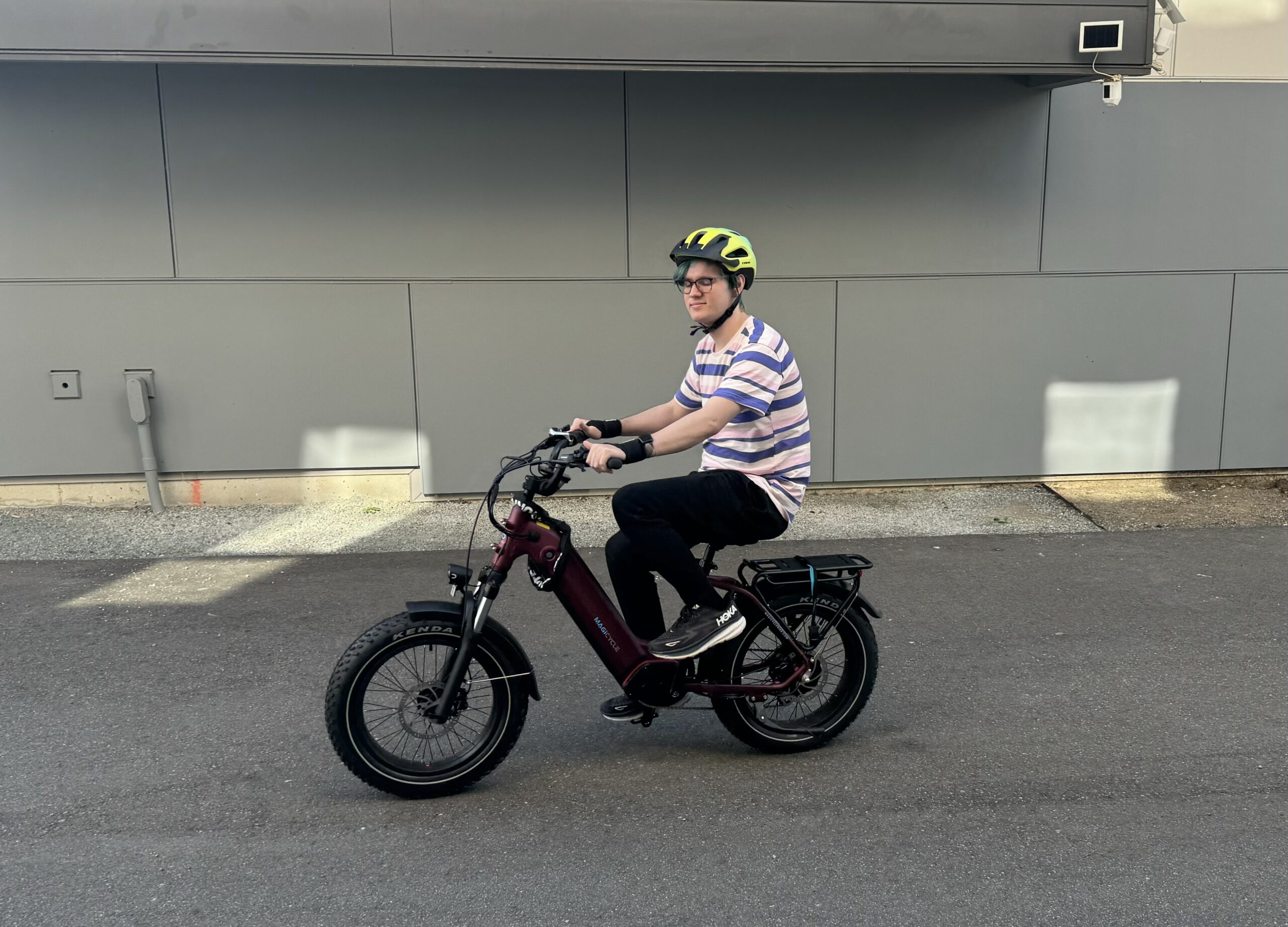
A globe in a vernier caliper set against a light gray background.
The Conference of the Parties (COP) is an annual meeting where UN member states convene to make a plan for climate action. This year’s meeting—COP28, which is set to begin November 30 in the United Arab Emirates—will include a discussion of the first-ever global stocktake, a comprehensive assessment of progress since the 2015 Paris Agreement. The global stocktake is a two-year process scheduled to happen every five years. The first global stocktake got under way in 2022 and will conclude at COP28; the next stocktake will occur in 2028 and again in 2033, etcetera. The objective is to coordinate efforts on climate action, including measures to bridge the gaps in progress.
An early look at the findings from the global stocktake indicates that the global community is not on track to achieve the goals set out in the Paris Agreement. The highest-level goal is to keep global warming under 2°C while pursuing efforts to stay within 1.5°C.
In this Explainer, we’ll look at recommendations from the global stocktake, examine potential outcomes of COP28, and describe what it would take to achieve the Paris goals.
Learn more about McKinsey’s program at COP.
What is COP?
COP has convened nations annually since 1995 under the banner of the United Nations to collaboratively address climate change. Every member state has equal voting power, and unanimous approval is needed for any COP agreement. Among the most significant COP milestones are the Kyoto Protocol in 1997 and the Paris Agreement in 2015; in the latter, the member states agreed to aim to limit the increase in average global temperature, ideally to 1.5°C. Central to the Paris Agreement was the commitment of each nation to track and report on its environmental efforts, and to assess and report on overall progress every five years with a global stocktake.
Read more about COP and the Paris Agreement.
How does the global stocktake recommend proceeding toward Paris goals?
The global stocktake report outlines four areas in which progress is necessary to keep global temperatures within a 2°C range of preindustrial averages. Here are the areas, along with the concrete actions recommended by the global stocktake:
Mitigation: Bending the curve by 2025
The report highlights the need to reduce greenhouse-gas emissions by 43, 60, and 84 percent from 2019 levels by 2030, 2035, and 2050, respectively, to limit global warming to 1.5°C. To achieve these targets, the global stocktake recommends the following actions:
- Scale up renewables and reduce fossil fuel reliance. Changes to our energy systems could account for up to 74 percent of the global greenhouse-gas-mitigation requirement.
- Reduce emissions across industry and transport. To achieve net zero, industries need to intensify energy efficiency, promote electrification, and manage demand more effectively.
- Preserve forests and address non-CO2 emissions. Agriculture, forestry, and other land uses were responsible for 22 percent of global greenhouse-gas emissions in 2019. About half of these emissions are attributable to deforestation.

Adaptation: Responding to the adverse effects of climate change
The global stocktake emphasizes the need for more deliberate and actionable strategies in adaptation, including the following:
- Support local communities in developing regions. Global warming exacerbates global inequalities. Decisions on climate action should be made in close collaboration with local communities, with special effort directed toward inclusiveness and technological deployment.
- Promote transparent adaptation reports. The stocktake highlights that only 60 parties have submitted adaptation communications and encourages policy makers to develop clearer methodologies with regular updates to demonstrate progress.
Finance: Funding mitigation and adaptation, especially in developing nations
An estimated $5.9 trillion in climate financing is required by 2050 for developing countries to achieve their climate goals. The global stocktake identified a substantial gap in meeting this need. To close the gap, the stocktake recommends that stakeholders consider the following actions:
- Increase the mobilization of support for climate action in developing countries. While developed countries have mobilized $83.3 billion toward this goal, this amount falls short of the collective annual goal of $100 billion. Public funds alone are not projected to bridge this gap. The global stocktake highlights the need to attract financing from the private sector.
- Reconcile global financial flows with climate goals. From 2019 to 2020, $892 billion was globally invested in fossil fuels, and another $450 billion was spent as subsidies. In comparison, $803 billion went toward climate finance, covering around 30 percent of the annual investment required to limit global-temperature rises. The global stocktake recommends a course correction by reconciling international financial institutions to the challenges of climate change and exploring innovative financial instruments like debt-for-climate swaps and emission pricing.
Cooperation and knowledge transfer
Not all countries have set the same climate targets or have the same capacity to achieve them. The global stocktake report recommends the following improvements:
- Standardize evaluations—which currently lack uniform benchmarks for assessing fairness and ambition—of each country’s commitment.
- Strengthen capacity building across all climate-action spheres. Capacity-building programs can be developed via a combination of local and international partnerships, including universities, research organizations, nongovernmental organizations (NGOs), and the private sector.
- Deploy existing cleaner technologies to support developing countries’ climate plans.
What happens now?
The first-ever global stocktake, released in October 2023, found that the world is not on track to achieve the goals set out in Paris in 2015. At COP28, UN member states will negotiate their response to the stocktake’s findings. These are some of the possible outcomes:
- Specific targets are set across the energy sector (including renewables, coal, hydrogen, oil and gas, and more). The stocktake highlights the key role of energy transition in achieving net zero and proposes that tangible goals be set within the energy sector.
- Scalable financing mechanisms to support adaptation efforts are established, especially for the countries at most risk, as member states recognize gaps in action and implementation due to financial constraints.
- Pathways to involve the private sector on climate action are created (including finance, accountability, capability building, and technology).
- There’s a call to strengthen actions and ambitions toward nationally determined contributions, emphasizing equity and historical responsibility particularly with regard to developed countries.
The global stocktake emphasizes the urgency of action to mitigate global warming. It’s clear that the time is now for international cooperation, equitable climate action, and sustainable transformation across all sectors.
Learn more about McKinsey’s Sustainability Practice. And check out sustainability-related job opportunities if you’re interested in working at McKinsey.





